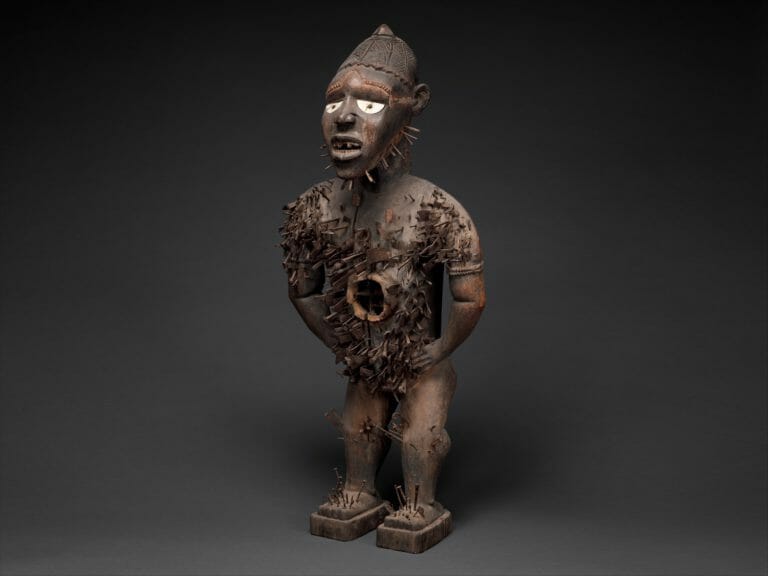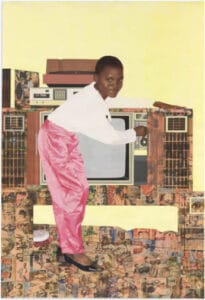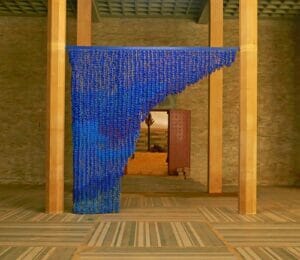Although the provenance of an African sculpture is considered an important criterion, it is only one aspect of the value of a work. Many other factors should also be taken into account when assessing the worth of an African statuette without a “pedigree.”
Aesthetic power and spiritual role
However deeply ingrained, the criteria of Western aesthetics should be set aside in favor of those of African societies and a consideration of the purpose of their artworks. Just as European and Asian artistic movements have certain distinguishing features, the art of the African continent encompasses a multitude of different cultures, each with its own craftsmanship, its own religious, social and cult practices, its own supply of available materials, and its own customs.
Caution and humility should therefore be exercised when observing classical African art. The provenance of an object, though reassuring, is not the sole criterion of worth.
First and foremost, the outer aspect of a sculpture should be studied. A number of factors can indicate a particular region of Africa, or even a specific society: the techniques used to work metal (in some cases) and wood (usually), and the species of the latter when it can be ascertained; whether the object is painted or oiled; whether it is patinated, or has sharp angles. Research and attribution can also be guided by how the body is modeled. For each cultural region, specific groups can be identified by distinctive styles. Careful observation is therefore necessary; was this piece intended to be naturalistic, or not? Are there any distinctive geometric lines? Are any parts of the body particularly stylized, and therefore perhaps strongly symbolic?

Because classical African art is all about symbolism. The greater the visual impact of a work, the easier it is to understand its original role—an important criterion in the attribution of value to a sculpture.
The Role and Purpose of Objects
Although each African ethnic group has its own cults and rituals, the practice of handling objects is common to all. Contrasting with the respectful distance generally accorded to Western cult objects, African sculptures, masks, and ritual objects are believed to be imbued with sacredness for the duration of the ceremony or ritual for which they were made, after which time that sacredness may be lost.
African art objects, therefore, bear traces of this. Once they have fulfilled their ritual purpose, they usually acquire a patina, may become damaged, and are sometimes repaired. Proof of their genuine handling for ritual purposes is a far more significant criterion of worth than provenance, and considerably increases the valuation of an African sculpture.
Since the early twentieth century, Western fascination with classical African art has led to the production of copies to meet European demand—copies dispossessed of their ritual character, and consequently of everything that gives an ancient African sculpture or mask its stylistic and symbolic strength and power.
Original pieces have become a sought-after rarity, and age and provenance (as we have seen) do not always guarantee authenticity.
Ancient African sculptures should therefore be considered according to the aforementioned criteria. A work should be carefully observed and, if possible, the rituals and practices of the African society identified as its birthplace should be studied. Any doubts about a sculpture or mask without a pedigree can be confirmed or dispelled by a professional valuation.





